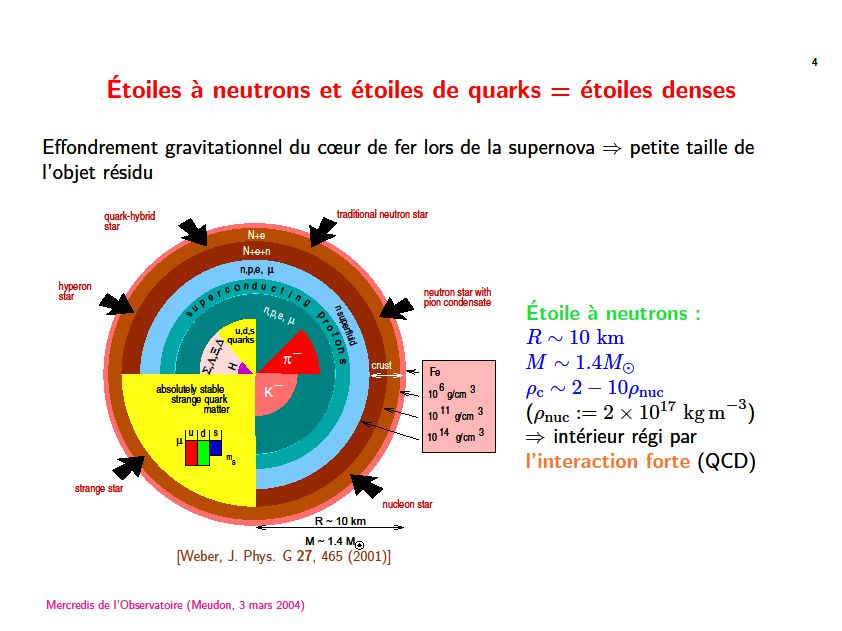-
 Dimorphous
Dimorphous
-
 Salivary gland
Salivary gland
-
 Prostrate shrub
Prostrate shrub
-
 Scanning electron lithography
Scanning electron lithography
-
 Acrylamide
Acrylamide
-
 Myeloid
Myeloid
-
 Aetiological
Aetiological
-
 Nematicides
Nematicides
-
 Chalazion
Chalazion
-
 Nitrophile
Nitrophile
-
 Synapse
Synapse
-
 Indigenous
Indigenous
-
 Perigranitic
Perigranitic
-
 Mars Express
Mars Express
-
 Confocal microscope
Confocal microscope
-
 Diuretic
Diuretic
-
 Metabolite
Metabolite
-
 Eukaryote
Eukaryote
-
 Cardiac arrhythmia
Cardiac arrhythmia
-
 Polar coordinates of a direction
Polar coordinates of a direction
-
 Hayabusa
Hayabusa
-
 Meconium
Meconium
-
 Cephalo
Cephalo
-
 Cyclosilicates
Cyclosilicates
-
 Callus
Callus
-
 Social network
Social network
-
 Keratin
Keratin
-
 Carbon monoxide
Carbon monoxide
-
 Gasification
Gasification
-
 Dome
Dome
Neutron star
The heart of a supergiant star that has collapsed during a supernova explosion acquires such a high density that protons and electrons combine to form neutrons. The body that forms thus becomes a sort of giant atomic nucleus composed mainly of neutrons, hence the name of the star.
Most stars of between 8 and 60 solar masses end their life in this way, leaving behind them a neutron star of about 1.4 solar masses.
Structure of a neutron star
A neutron star has a radius of about 10 kilometres and has an extraordinary density - a teaspoonful of matter would weigh hundreds of millions of tonnes. The structure of this star is actually complex and we do not have a very good idea of the exact composition of its core. Neutron stars are sometimes also pulsars when they emit periodic radio pulses towards Earth. Magnetars are neutron stars with a particularly intense magnetic field.
 Various models of the composition of the interior of a neutron star. © Fridolin Weber and Éric Gourgoulhon
Various models of the composition of the interior of a neutron star. © Fridolin Weber and Éric Gourgoulhon
Latest
Fill out my online form.



